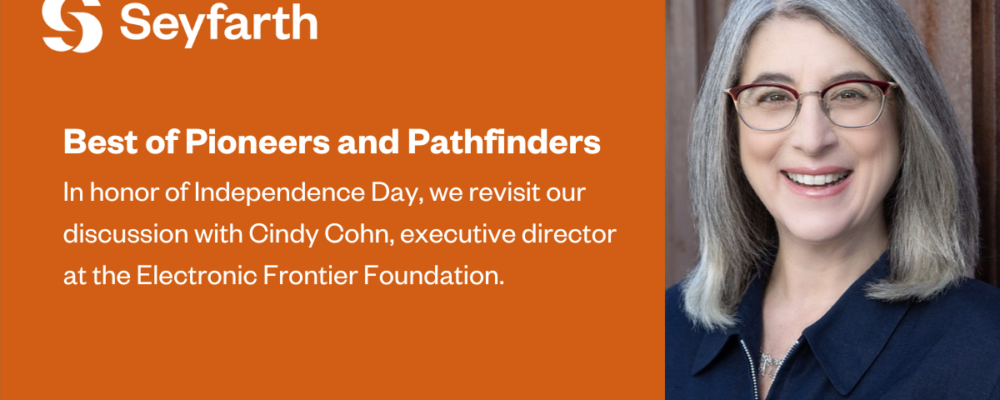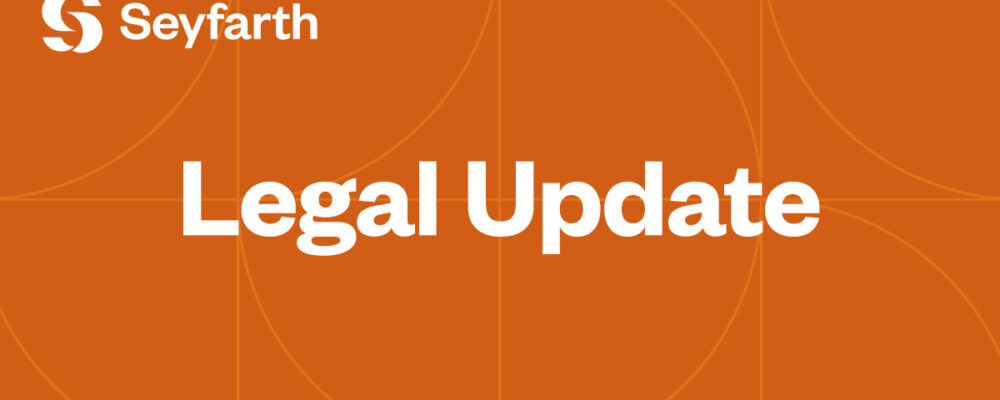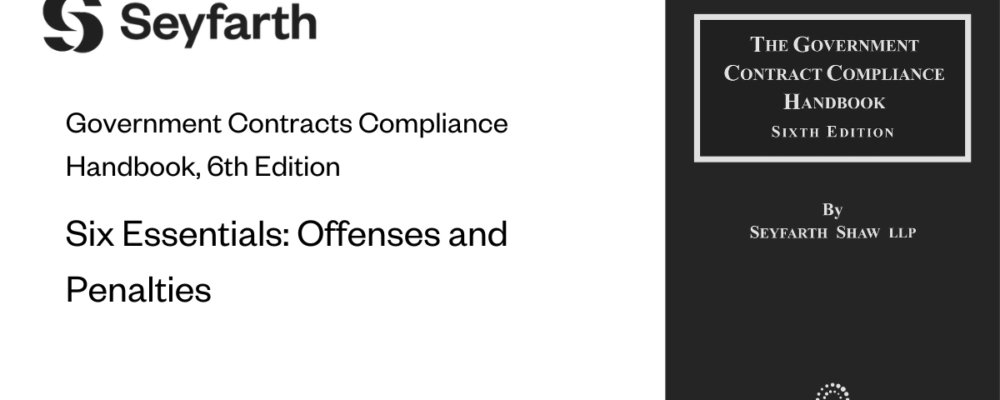As we previously reported, the Federal Trade Commission (“FTC”) announced that it is amending and reorganizing the document requirements for pre-merger notifications under the Hart Scott Rodino Act (“HSR Act”), 15 U.S.C. 18a, which also includes a requirement for buyers to indicate the existence of non-compete and non-solicit agreements among the businesses involved. The HSR Act and the associated rules require parties to specified mergers and acquisitions to notify and disclose certain information and wait a short period of time before proceeding with the planned transaction. Part of the reason for changing the pre-merger requirements is the FTC’s acknowledgment of market changes, noting the “changing nature of competition” since the inception of the HSR and the need to respond to such changes. As we have reported consistently this past year, the FTC has been hyper-focused on the perceived anti-competitive impact of restrictive covenant agreements, specifically non-competition and non-solicitation covenants, as affecting employee mobility and stifling competition.
While the implementation of the FTC’s ban on non-competes has been thwarted, for now, the FTC claims that its unwavering concerns regarding anti-competitive conduct by businesses necessitate the inclusion of new reporting requirements, specifically to report whether there are any existing agreements among the parties, including non-compete and non-solicitation agreements. In explaining its reasoning for this new requirement, the FTC noted that it could be “especially useful in revealing that the parties consider themselves to be ‘in competition’ with one another, now or in the future, such that there is value in contracting away the ability to compete for or solicit business or workers.” As part of the new requirements, the FTC proposed a new “Overlap Narrative” section requiring each filing person to provide an overview of its principal categories of products or services and whether it competes with the other filing party, and identify any documents submitted with the HSR Filing to support that narrative. Then, for each overlapping product or service, the FTC proposes that the filing party also provide sales, customer information (including contacts), a description of any licensing arrangement, and a description of any non-compete or non-solicitation agreements applicable to the employees or business units related to the product or service.
To date, the FTC has received one comment in support of the proposal, and at least one opposing the proposal. These comments largely echo those submitted in response to the FTC’s announcement of its (currently on hold) non-compete ban, and those submitted in the various briefs (including amicus briefs) filed in the Ryan (N.D. Texas), ATS Tree Services (E.D. Pennsylvania), and Properties of the Villages (M.D. Florida) actions challenging the FTC’s authority to implement the non-compete ban. In support of the proposal, state anti-trust enforcers noted that post-employment non-compete covenants stifle competition and “prevent new businesses from emerging and stifle entrepreneurship and innovation.” In opposition, commenters noted that this requirement significantly increases the burdens on parties in pre-merger negotiations, and worse yet, could result in the inclusion of benign agreements that do not have “anti-competitive” risks typically associated with them, such as confidentiality agreements, such that the proposal might have negative unintended effects. Specifically, by submitting the restrictive covenant agreements that fall under the auspice of the new disclosure requirement, depending on volume, it might delay the review of the transaction as a whole or disincentivize companies from using such agreements altogether.
The Rule will take effect 90 days after publication in the Federal Register, expected to be published on November 12, 2204 (and thus with an anticipated effective date of February 10, 2025), and available online at: https://federalregister.gov/d/2024-25024. Time will tell if this new rule will spur litigation in advance of the effective date, just as the proposed non-compete ban did.
“With approximately 900 lawyers across 17 offices, Seyfarth Shaw LLP provides advisory, litigation, and transactional legal services to clients worldwide.”
Please visit the firm link to site





